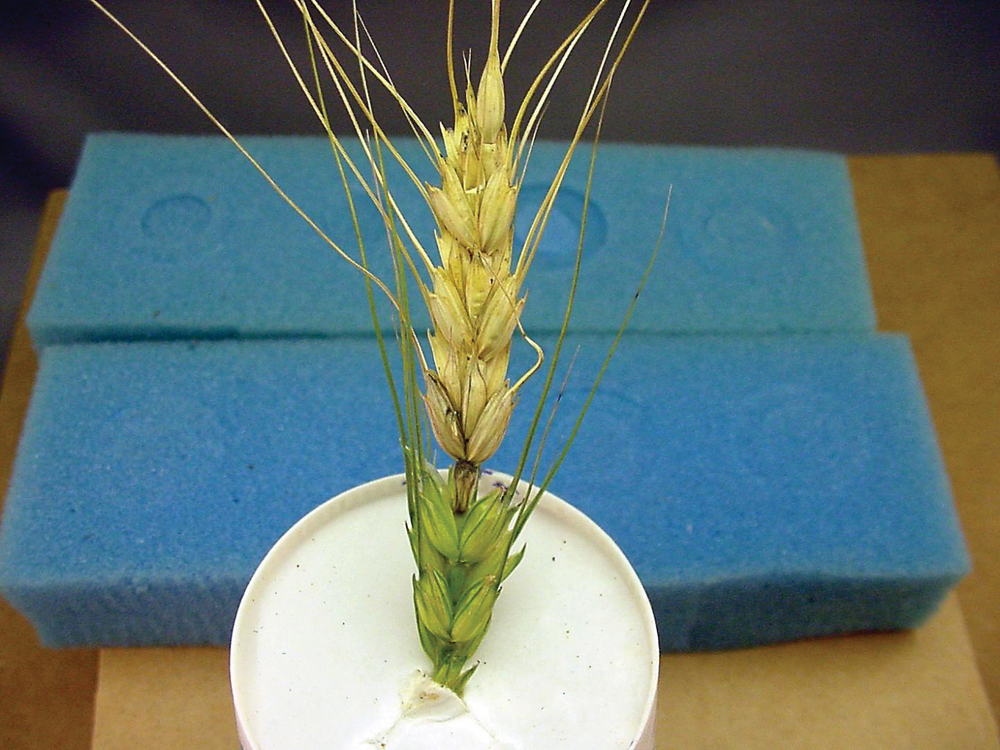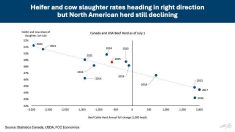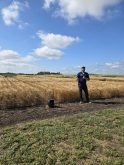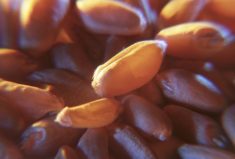There’s good news and bad news for the world’s wheat crops.
An international consortium of researchers have identified a gene in wheat that protects the plants from the deadly fungus which causes wheat blast infections.
Unfortunately it would appear many strains of wheat lost this gene sometime in the 1980s, when it was inadvertently bred out of them.
Wheat blast first emerged in Brazil in the mid-1980s and has recently caused heavy crop losses in Asia. The fungus is also known to affect other crops, such as rice, oats, and ryegrass.
Read Also

Manitoba to boost rural medical responders
Manitoba bursary aims for more accessible emergency medical responder training, better rural emergency health care.
In an article recently published in the journal Science, lead author Yoshihiro Inoue of Japan’s Kobe University said the disease thrived in large part because a popular cultivar was released in Brazil that lacked the gene just as the fungus was becoming more common in the region.
“The finding explains an epidemic of the fungus, which continues to this day, and suggests that restoring the gene in wheat could limit impacts of the fungal pathogen,” he wrote.
Not knowing this, others outside of Brazil used this strain of wheat for their own agriculture. By analyzing a global database of wheat genomes, the authors were able to trace the gene loss across continents, and the corresponding spread of wheat blast.
Around the same time, analyses show, the fungus acquired mutations in its offensive gene (named PWT3), which boosted its ability to infect hosts.
Until recently the disease has largely been limited to South America and Asia, but in 2011 researchers at the University of Kentucky observed the effects of the disease on a single wheat head in a research plot.















